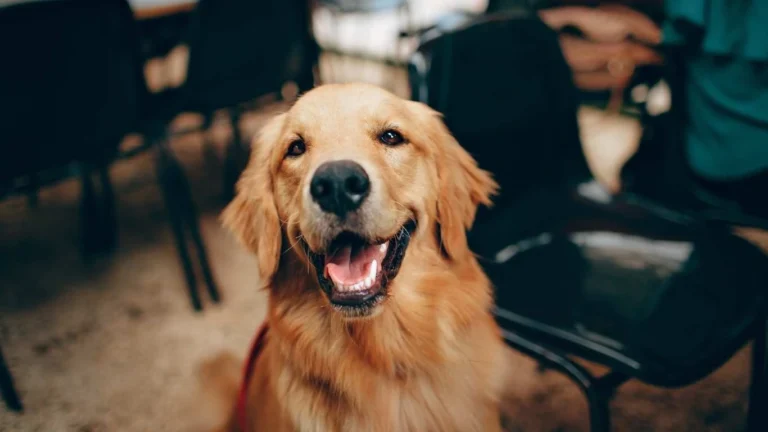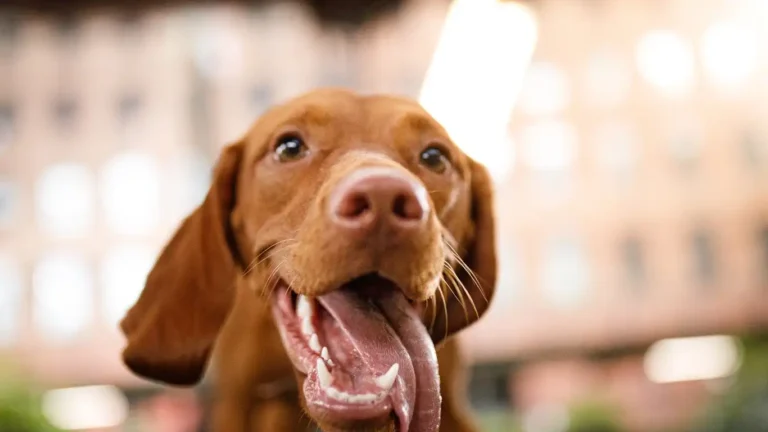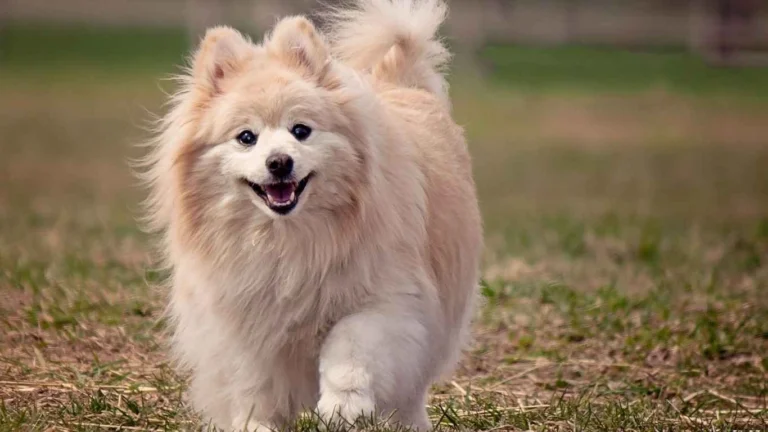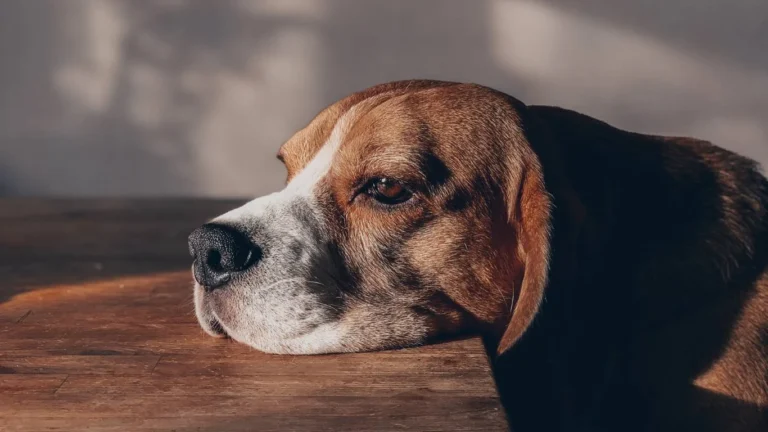Warning Signs of Dog Dental Disease You Should Never Ignore
If you’re a dog parent like me, you’ve probably dealt with your fair share of slobbery kisses and curious sniffs. But have you ever leaned in for one of those adorable doggy smooches only to be hit with a blast of foul breath? Yeah, that’s not just “dog breath.” It could be an early warning sign of something more serious. Learning how to recognize early signs of dog dental disease can be a total game-changer when it comes to your pup’s long-term health. And I say this not just as a dog lover, but as someone who’s spent years in the trenches as a veterinary technician specializing in nutrition. Let’s get into it—because dental disease doesn’t wait, and trust me, your dog won’t send you a memo.
Why Dental Health Matters More Than You Think
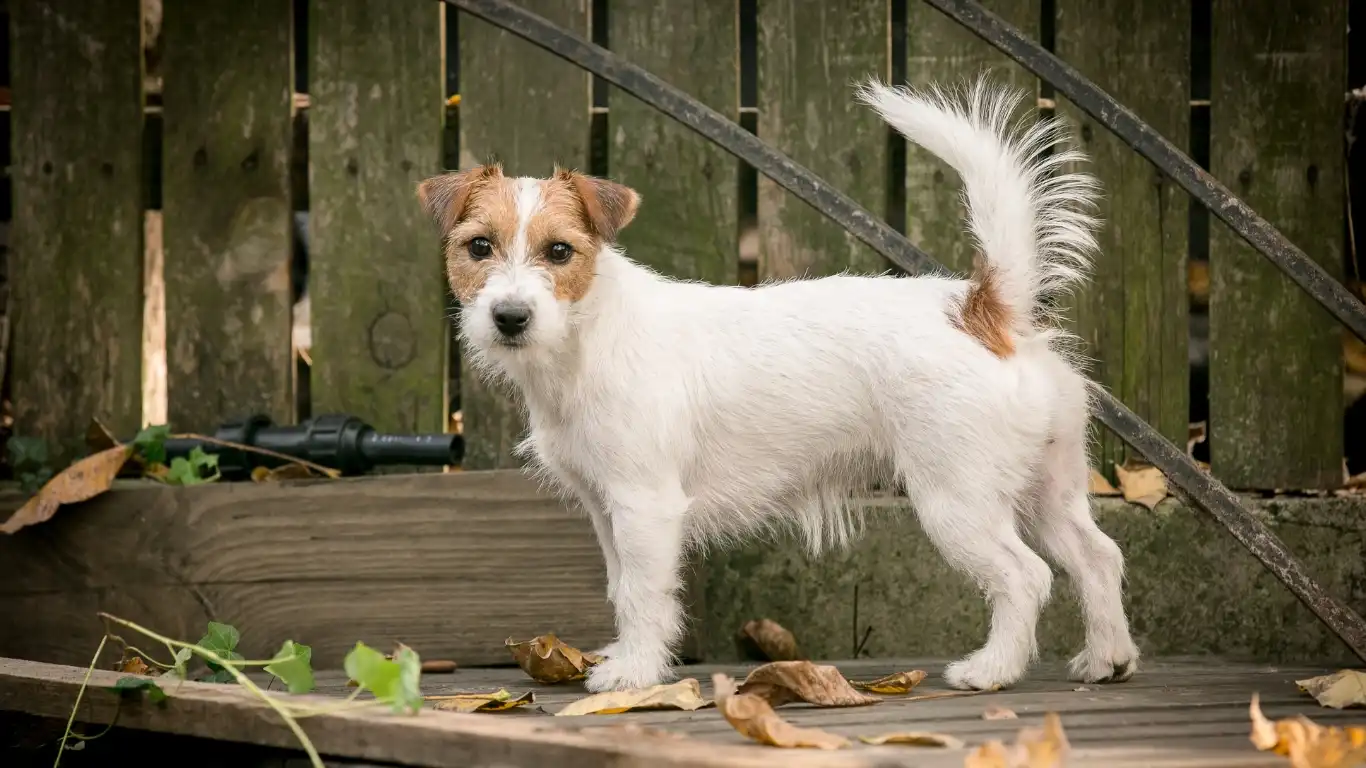
So many pet parents think that bad breath is just part of having a dog. But here’s the truth bomb: bad breath is often the first red flag of periodontal disease. That bacteria-laden stench is your dog’s mouth trying to tell you something’s up. Dental disease doesn’t just affect the mouth—it can lead to serious health problems including heart, liver, and kidney issues. Sounds intense, right? That’s because it is. In my practice, I’ve seen small issues like a bit of tartar buildup spiral into painful abscesses and even tooth loss in what feels like no time at all.
Think about it—your dog can’t tell you when their gums hurt or if they have a loose tooth. They don’t whine about toothaches the way we complain about cavities. They just adapt, chew on one side, or stop playing with toys they used to love. That’s why early detection is so crucial.
How to Recognize Early Signs of Dog Dental Disease
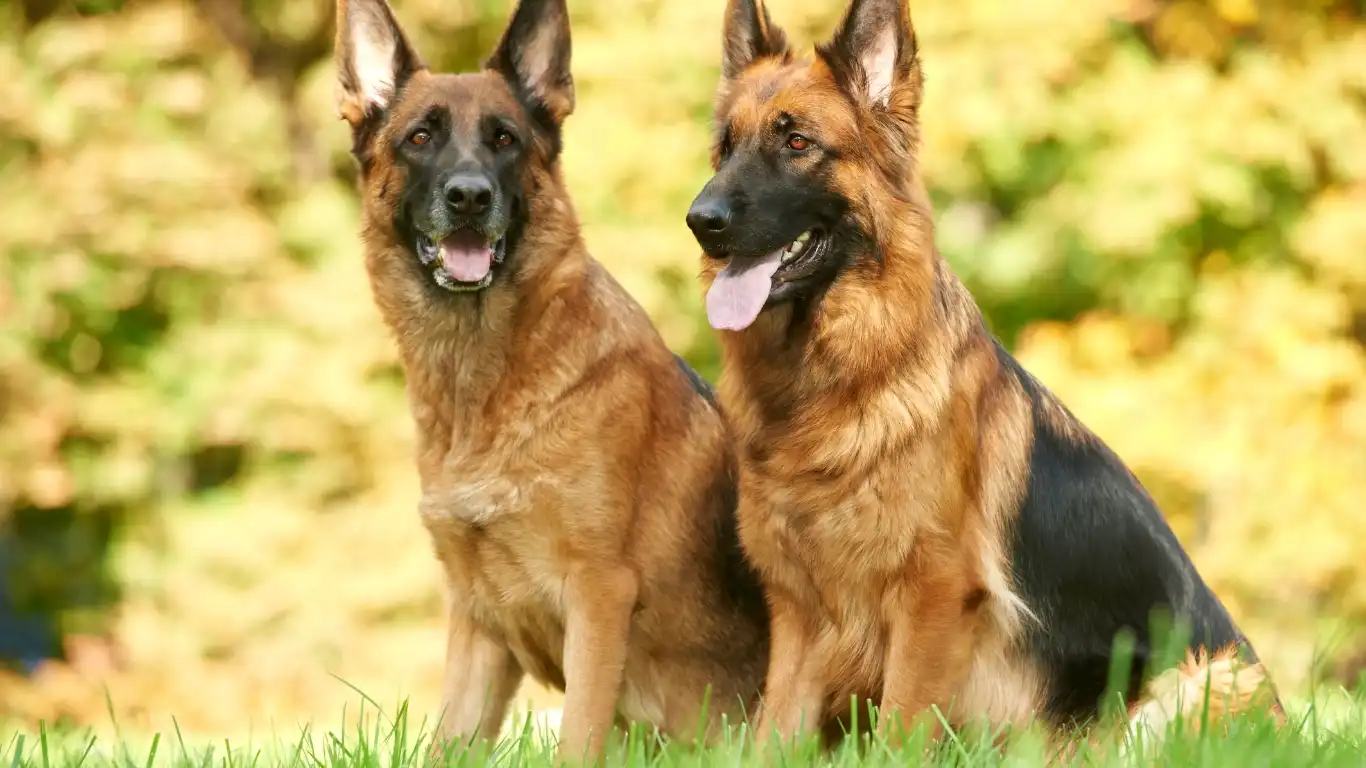
1. Bad Breath That Lingers
This one’s obvious, but it needs to be said. If your dog’s breath could knock over a potted plant, it’s probably not just from whatever gross thing they ate in the yard. Chronic halitosis is usually caused by bacteria that has built up under the gum line. If it’s more than just a passing stink, it’s time to take a closer look.
2. Yellow or Brown Buildup on Teeth
This is tartar, and it loves to camp out along the gum line. Once it hardens, it won’t come off with a simple brushing—you’ll need a professional cleaning. I once had a sweet old Labrador patient named Max who came in for a “wellness check,” and his owners had no clue he had grade 3 periodontal disease. His molars were practically encased in tartar. Don’t be like Max’s humans—check those teeth often.
3. Red or Bleeding Gums
Healthy gums should be a nice pink shade, kind of like bubblegum. If they’re red, swollen, or bleeding, your dog could be dealing with gingivitis—the first stage of periodontal disease. Gently lift their lip and take a peek, especially near the back molars. If you see inflammation or if your dog pulls away when you touch their mouth, that’s a warning sign.
4. Pawing at the Mouth or Face
Dogs will sometimes try to relieve mouth discomfort by pawing at their face or rubbing it against furniture. It looks kind of like an itch, but it’s often a clue that something’s bothering them inside their mouth. This one’s easy to miss, so keep an eye out for repetitive or obsessive behavior.
5. Avoiding Food or Chewing Differently
When eating becomes painful, dogs get creative. They might chew on one side only, drop kibble from their mouth, or even skip meals altogether. If your pup suddenly turns their nose up at food they usually devour, it’s worth investigating their mouth.
6. Loose or Missing Teeth
This one might seem obvious, but many pet owners don’t realize a tooth is missing until it’s pointed out during a vet visit. If your dog has a loose tooth—or worse, you find one on the floor—that’s a big red flag. Dental disease has likely been brewing for quite a while by that point.
What You Can Do at Home—Before It Gets Worse
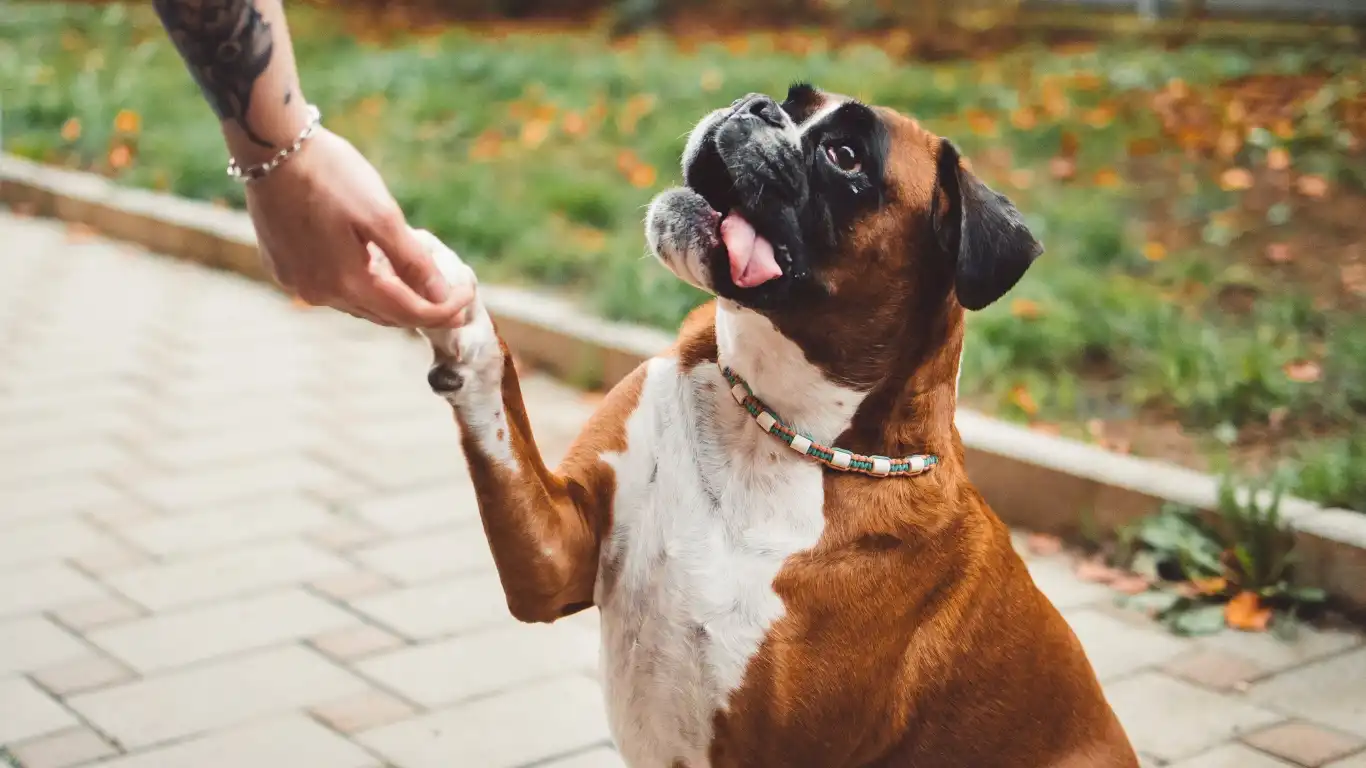
One of the best things you can do for your dog is to get comfortable looking inside their mouth regularly. I know it’s not the most glamorous part of pet parenting, but it seriously pays off. You don’t need a vet degree—just a flashlight, a little patience, and maybe some peanut butter-flavored toothpaste (for the dog, not you!).
- Lift the lips – Check both sides of the mouth, especially near the back molars where problems love to hide.
- Sniff the breath – Normal dog breath isn’t supposed to smell minty-fresh, but it shouldn’t reek either.
- Feel the jawline – Any swelling around the jaw or under the eyes could point to an abscess or infection.
Don’t feel bad if you’ve never done this before—most dog owners haven’t. But just like we brush our own teeth and visit the dentist, our dogs need that same level of care and attention. And if you’re ever unsure, always trust your gut. When in doubt, give your vet a call. Early intervention can save your dog from a world of pain (and save you from a hefty dental bill later).
What Happens If You Ignore Early Signs of Dental Disease
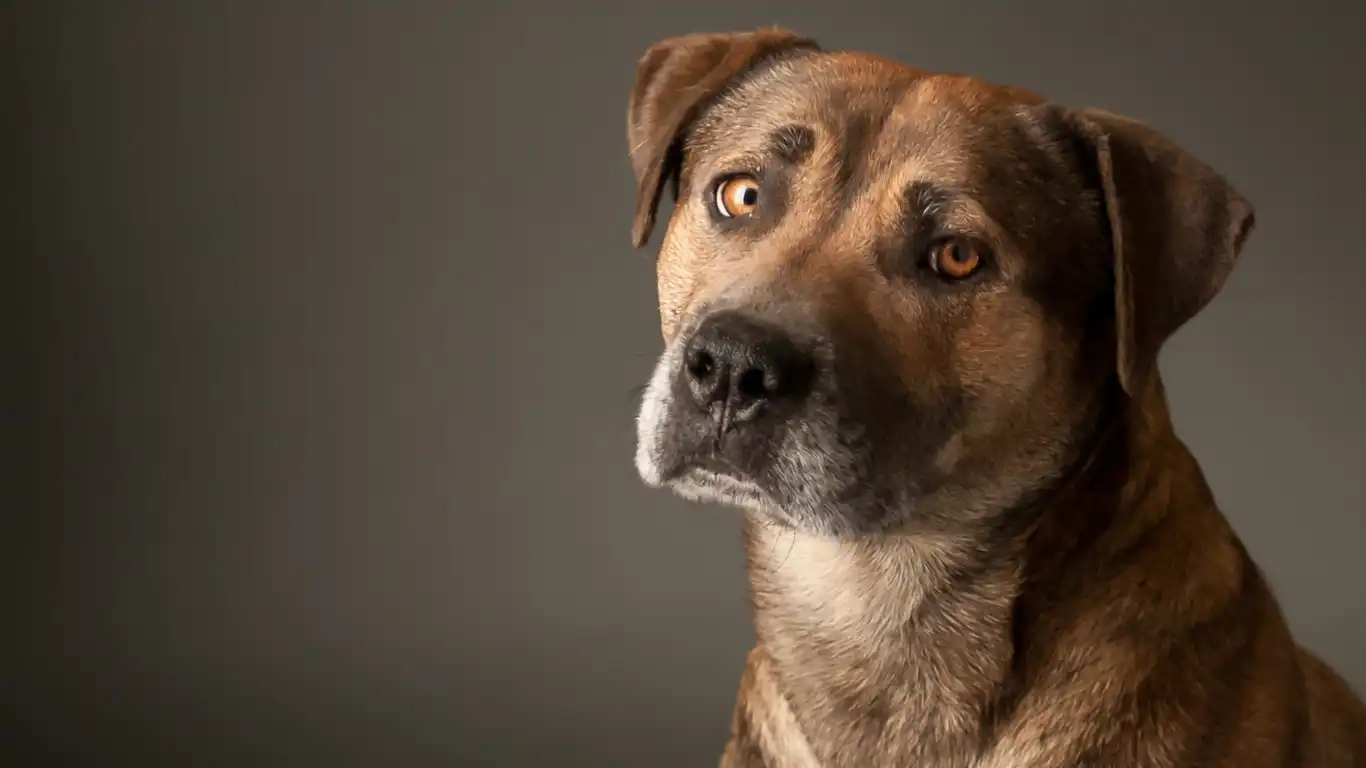
Let’s talk about what happens when those early signs of dog dental disease go unchecked. Spoiler alert—it’s not pretty. I’ve seen it firsthand more times than I’d like to admit. One case that still sticks with me was a little Yorkie named Bella. Her owners were loving, but they didn’t realize that her smelly breath and subtle gum bleeding were serious red flags. By the time they brought her in, she had six abscessed teeth and was in serious pain.
When dental disease advances, it doesn’t just stay in the mouth. Bacteria can enter the bloodstream through inflamed gums and start causing damage to the heart, liver, and kidneys. That’s not just vet talk—it’s a real health crisis for your pup. Dogs can also suffer from jaw bone loss, chronic pain, and even develop infections that lead to tooth root exposure. That stuff hurts. I wouldn’t wish it on any pet.
Chronic Pain and Behavior Changes
When your dog’s mouth is hurting, they can become more irritable, withdrawn, or even aggressive. Pain changes behavior. I’ve seen the sweetest Golden Retrievers turn snappy because they were silently suffering. Many pet parents don’t connect the dots between behavior shifts and oral pain, but they’re often tightly linked.
Weight Loss and Malnutrition
As chewing becomes difficult or downright painful, many dogs start eating less. This is especially dangerous in senior dogs or dogs with existing medical conditions. I had a client once bring in her senior Dachshund because he “just wasn’t eating like he used to.” Turns out, his mouth was a mess, and he was literally avoiding food to avoid pain. Once we did a dental cleaning and removed some painful teeth, he perked up like a puppy again.
When to Call the Vet (and What to Expect)

If you notice any of those early signs—bad breath, gum redness, tartar buildup, behavioral changes—it’s time to book that vet appointment. Don’t wait for your dog to start pawing at their face or skipping meals. Your vet will usually start with a visual exam, maybe followed by a dental charting and X-rays if needed. X-rays are especially useful since around 60% of the tooth is below the gum line (yep, just like humans).
Depending on the severity, they might recommend a professional cleaning under anesthesia. I know anesthesia sounds scary to a lot of folks—and believe me, I get it—but modern protocols are very safe, especially when bloodwork is done ahead of time. Cleanings not only remove built-up plaque and tartar but also let the vet get a close look at the roots, gums, and potential hidden infections.
Dental Cleanings: What’s Involved
- Pre-anesthetic exam – Includes bloodwork to ensure your dog is healthy enough for anesthesia.
- Scaling – Removal of plaque and tartar from both above and below the gum line.
- Polishing – Smooths out the enamel to make it harder for plaque to stick in the future.
- X-rays – If needed, to assess root health and bone loss.
- Extractions – Only if a tooth is too damaged or infected to be saved.
Post-cleaning, you might notice your dog seems a little loopy or tired for the day. That’s normal. Within a few days, though, most pups are visibly happier, especially if they had extractions done. Pain relief and antibiotics may be prescribed to help with healing.
Everyday At-Home Dental Care That Actually Works
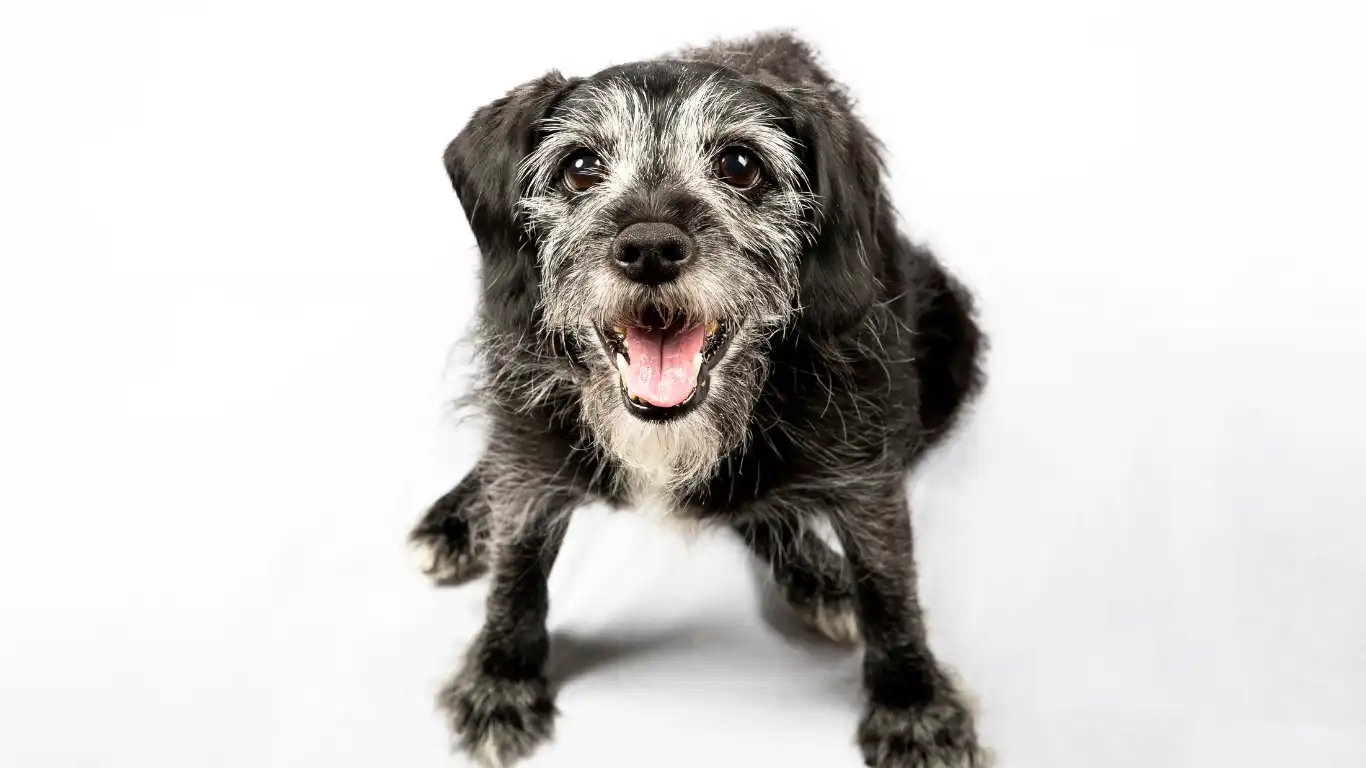
Alright, now let’s talk prevention. Because once your dog has a clean slate, it’s on you to help keep it that way. And yes, it’s totally doable without turning into a full-time dog dentist. Here are some simple things that have worked wonders for my clients (and my own goofy mutt, Luna):
1. Brushing Their Teeth—Yes, Really
I know this sounds like overkill, but brushing your dog’s teeth a few times a week makes a massive difference. Use a dog-specific toothbrush and toothpaste (never use human toothpaste—it can be toxic). Start slow and make it a fun routine. Treats afterward don’t hurt either. I always say, “Two minutes of brushing now beats hours of vet work later.”
2. Dental Chews and Toys
There are tons of dental products on the market, but not all are created equal. Look for chews approved by the VOHC (Veterinary Oral Health Council). These have been shown to reduce plaque and tartar buildup. Toys that promote chewing (but aren’t too hard—no antlers, please!) can also help scrub teeth naturally.
3. Water Additives and Oral Rinses
If brushing isn’t going to happen in your house (hey, no judgment), consider dental water additives or oral sprays. While not as effective as brushing, they can help reduce bacterial buildup and freshen breath. Think of them as support players, not a solo act.
4. Dental Diets
Some prescription diets are specially formulated to help reduce plaque and tartar. The kibble shape and texture actually help scrub the teeth as your dog chews. If your vet recommends one, it can be a solid part of your dental routine—especially for pups prone to plaque buildup.
Routine is everything. Just like with nutrition (my wheelhouse!), consistency pays off over time. The more regularly you care for your dog’s teeth, the less likely they are to need major dental work down the road. And trust me, your future self (and your dog’s breath) will thank you.
Building a Long-Term Dental Routine That Sticks
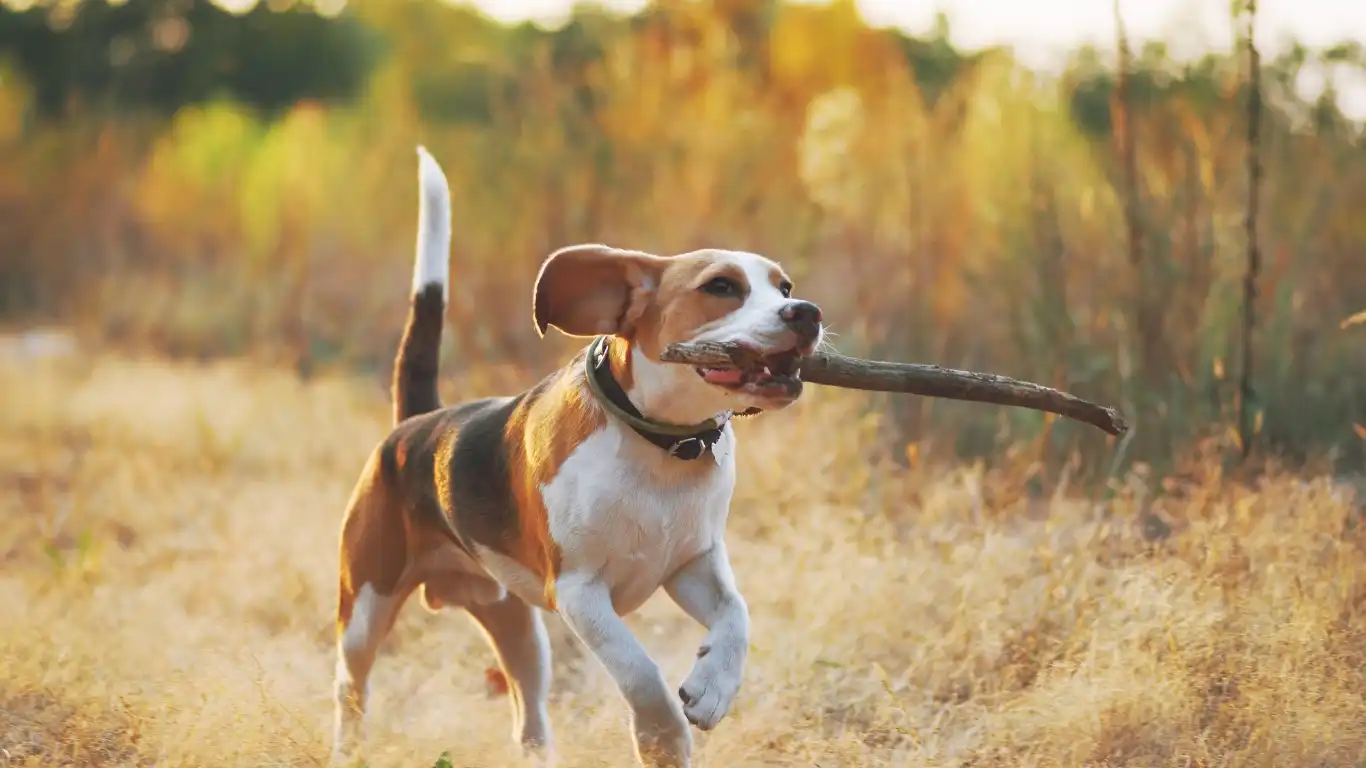
Now that you’ve got the tools and knowledge to spot early signs of dog dental disease and understand how serious it can become, let’s talk about keeping those chompers healthy for the long haul. The key? Make it part of your regular care routine—just like brushing, feeding, or going for walks.
I’ll be honest with you—when I first started brushing my own dog Luna’s teeth, it was a circus. Picture toothpaste flying, a squirmy shepherd mix trying to escape, and me bribing her with frozen peanut butter treats. But over time, it got easier. Now she literally runs over when she sees the toothbrush come out. Dogs thrive on consistency, and if you treat dental care like a normal part of life, they’ll adapt.
Make It Positive, Make It Routine
It’s all about association. Start slow, maybe even just touching their mouth and gums without brushing at first. Use a gentle tone, lots of praise, and a reward afterward. Before you know it, your dog will associate dental care with love, not discomfort. If brushing every day sounds overwhelming, aim for 3–4 times a week. That alone can dramatically reduce tartar buildup and bacterial growth.
Track Changes Over Time
Keep a little mental (or written) checklist of how your dog’s mouth looks and smells over time. If their breath starts to get funky again or you spot new tartar, it’s a cue to step up your routine—or schedule a vet check. In my practice, I always encouraged clients to snap a quick phone pic of their dog’s teeth every few months. It sounds silly, but it helps you catch subtle changes before they snowball into a bigger issue.
Dental Checkups: Don’t Skip Them
Even with a solid home routine, your dog still needs professional dental care. Think of it like this: brushing your own teeth doesn’t mean you never go to the dentist. Same deal for dogs. A yearly dental exam (or more often for seniors or small breeds) is essential. Some dogs, especially toy breeds like Chihuahuas or Yorkies, are genetically predisposed to dental issues and need more frequent cleanings.
I used to have a Maltese patient, tiny guy named Gizmo. His owner was religious about brushing and still had to come in every 8–10 months for cleanings. Genetics just weren’t in his favor. But because she stayed on top of it, he never had to suffer through extractions or infections.
Breeds That Need Extra Dental TLC
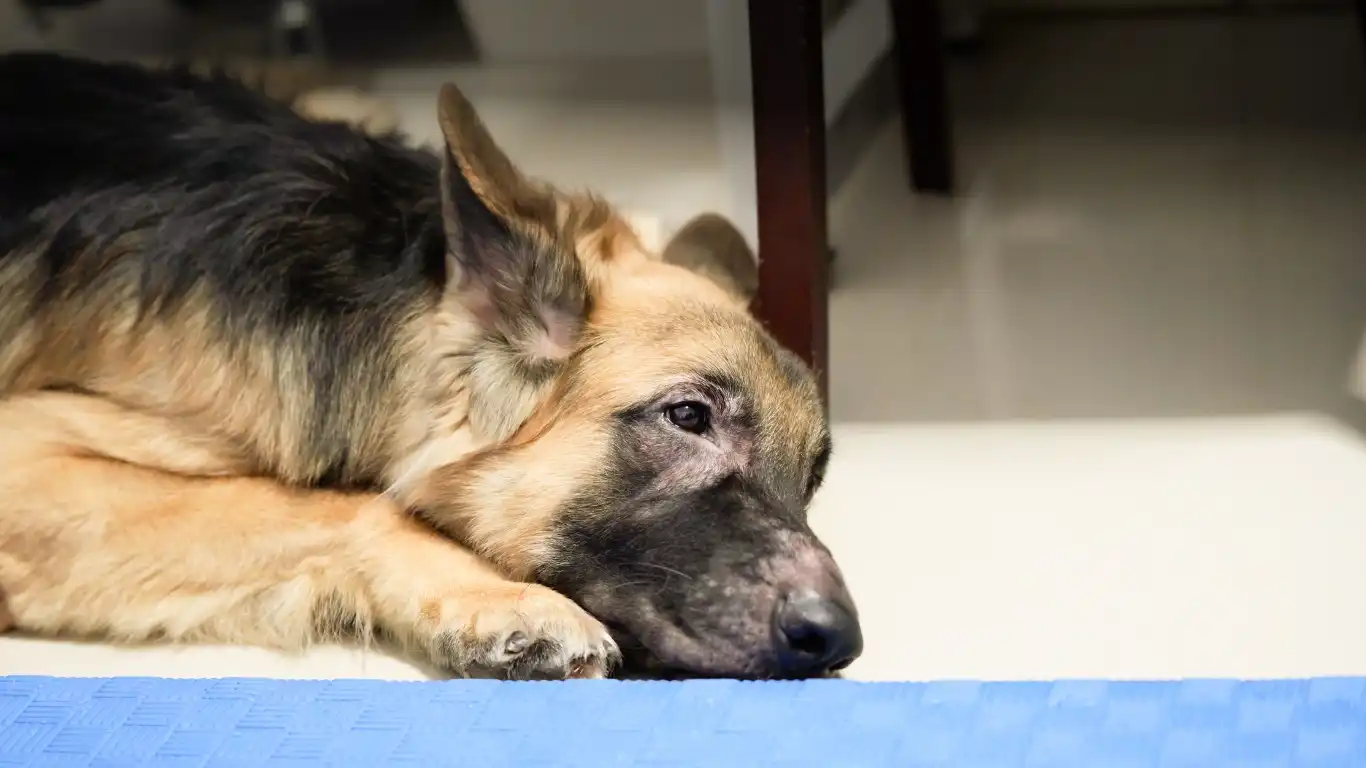
Not all dogs are created equal when it comes to dental health. Some breeds are just more prone to plaque, gum disease, and tooth loss. If you’ve got one of the following pups, consider this your gentle nudge to be extra vigilant:
- Yorkshire Terriers – Tiny mouths = crowded teeth = more tartar buildup.
- Chihuahuas – Often have retained baby teeth and gum recession issues.
- Dachshunds – Their longer snouts make cleaning tough, and they’re tartar magnets.
- Poodles – Especially mini and toy varieties. These guys are notorious for early dental disease.
- Greyhounds – Believe it or not, their sleek frames often come with brittle, plaque-prone teeth.
Of course, any dog can develop dental disease, but these breeds need you to be a little more proactive. And if you’ve adopted a mixed breed and don’t know their background, just assume regular checks are necessary—it’s always better to err on the safe side.
How Dental Health Affects Overall Wellness
We’ve covered what happens in the mouth, but let’s zoom out for a second. Your dog’s mouth is the gateway to their entire body. If harmful bacteria from periodontal disease gets into their bloodstream, it can impact major organs like the heart, kidneys, and liver. There’s actual science backing this up—just check out sources like NIH and PetMD.
I’ve worked with dogs who started off with just a little gingivitis and ended up with chronic kidney issues. Their dental disease wasn’t caught early enough, and by the time we realized what was happening, internal damage had already started. I don’t say this to scare you—I say it because prevention really is everything.
Keeping your dog’s teeth clean helps more than just their smile. It boosts their energy, improves their appetite, supports their immune system, and may even extend their lifespan. I’ve had owners tell me their dog acted “like a whole new dog” after dental treatment. It’s like lifting a heavy fog—suddenly they feel better, eat better, and play more.
Final Thoughts: Be Your Dog’s Dental Advocate
If there’s one thing I’ve learned from years in vet clinics, it’s this: you are your dog’s voice. They can’t tell you when something hurts, but they do give us signs—we just have to know how to spot them. Being able to recognize the early signs of dog dental disease gives you the power to step in early, before things spiral.
Don’t wait for bleeding gums or missing teeth to act. Take a peek inside that furry mouth, give those pearly whites the attention they deserve, and build a routine your dog can depend on. Whether it’s brushing, chew toys, or professional cleanings, every bit helps—and your pup will thank you for it with fresh breath and a happy, healthy smile.
If you’re ever unsure or overwhelmed, reach out to a qualified vet or veterinary dental specialist. Sites like AKC and Health.com offer great resources too.
Disclaimer
This article is for informational purposes only and does not substitute for professional veterinary advice. Always consult your veterinarian regarding any health concerns or before starting a new dental care routine for your pet.

